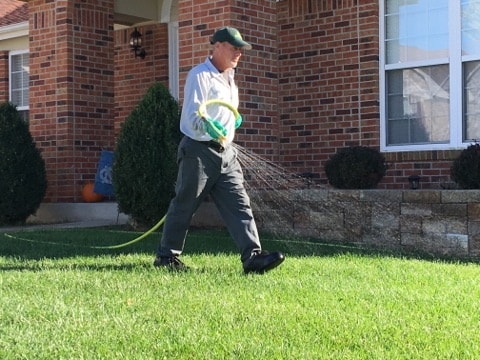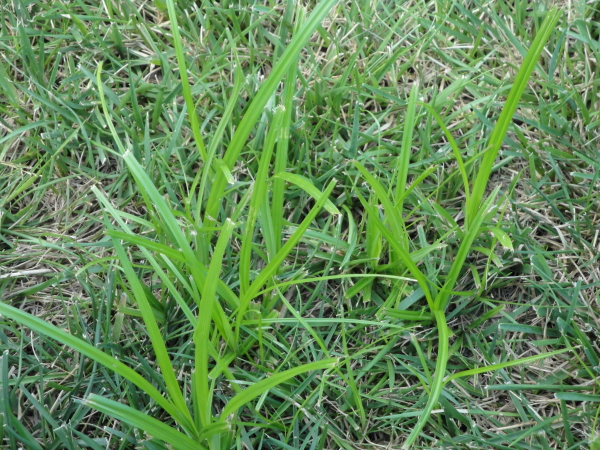Fertilizer and Weed Control
Our lawn care programs consist of scheduled applications of fertilizer and weed control. These treatments result in a healthier, lush, green, great-looking lawn. Since local soil lacks the nutrients needed to achieve this on its own, our expert care fills the gap.
Our lawn care program includes seven applications of balanced fertilizer blends throughout the year. We kick off the season with two pre-emergent treatments to block crabgrass before it takes hold. Every application targets broadleaf and grassy weeds, such as nutsedge, using effective herbicides.
Achieving a great lawn takes more than just products—it demands hands-on turf management and deep technical know-how, both of which we bring to every visit.

Our GatorGuarantee for all customers: If you're not satisfied with our service, we'll return to your property, free of charge. And if you're still not happy, we'll refund your last application and pay you $25 for your trouble!
Let's Get Started
There are no obligations and estimates are always FREE. To get started we will need some basic address and contact information and then we can provide you with pricing.
Additional Recommended Services
Grub damage is the most common type of damage sustained in lawns throughout the United States. Customers who choose to add grub control to their scheduled services will receive it along with control of all turf feeding and subsurface feeding insects.
Turf grasses in our area benefit from annual lawn aeration. Aeration reduces thatch buildup and relieves soil compaction. This service improves the flow of air, water, and nutrients. Improved flow helps nutrients reach the root system more effectively.
A soil analysis determines pH level, available nutrients, and organic matter percentage. It helps identify problems like poor turf color or bare spots. Use it to diagnose low seed germination and recurring disease issues. Soil testing is a key tool for effective lawn care decisions.

